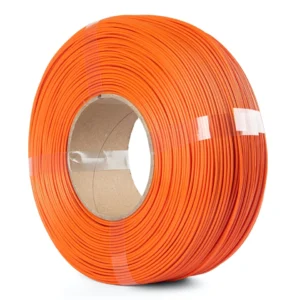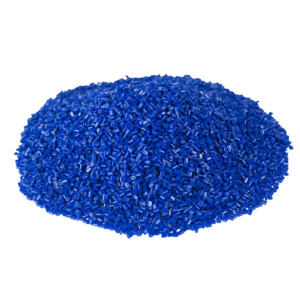“Big Worm (2023)” is a kinetic sculpture and installation that blurs the lines between technology and nature, creating a mesmerizing dance of mechanics and organic movements.
Developed by Andreas Fürer and Sonjoi Nielsen, this innovative artwork showcases a harmonious interplay between machine-based choreography and sensory responses. With a design resembling a mechanical arm or tentacle, the sculpture’s intricate articulations are driven by simple base mechanics. The project delves into the captivating realm of reciprocating mimicry and emulation, envisioning a speculative coexistence between technological advancements and the natural world. Comprising 20 segmented 3D printed parts, the robot worm is brought to life by only two robust servo actuators.
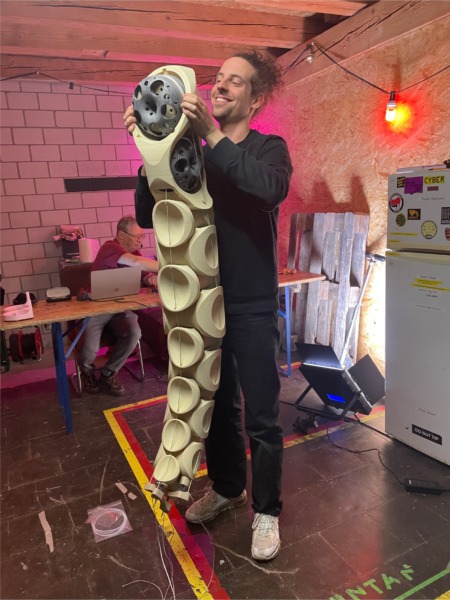
Exploring the symbiosis:
In a world where technology and nature often appear to exist at odds, “Big Worm” emerges as an artistic exploration that bridges this divide. Drawing inspiration from organic responses to sensory inputs, the installation creates a captivating visual narrative of tension and interaction. The mechanics of the sculpture, although man-made, replicate the fluidity and adaptability of natural forms. Through carefully choreographed movements and meticulously designed scenography, the project seeks to illuminate the potential for harmonious coexistence between seemingly disparate realms.
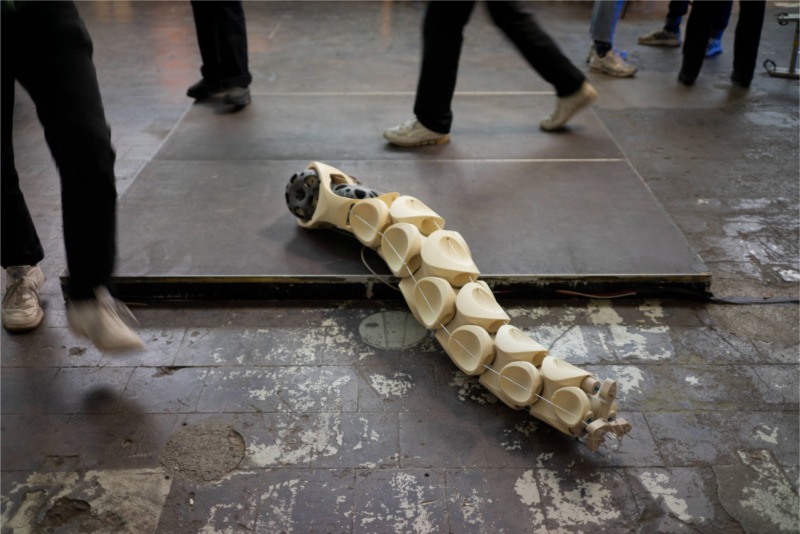
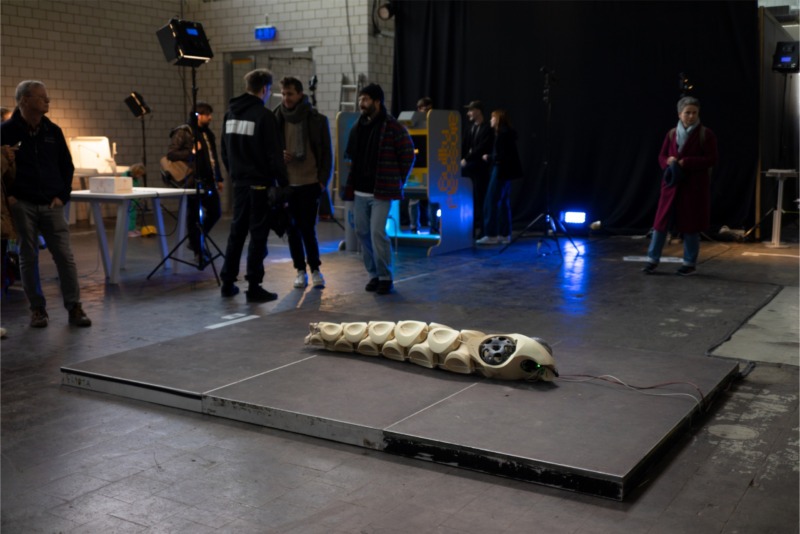
Material Selection:
The success of the “Big Worm” project hinged not only on its innovative design but also on the choice of materials. To bring their vision to life, Fürer and Nielsen turned to Spectrum filaments, specifically ASA Kevlar Natural and ASA Kevlar Black. These filaments offered a remarkable balance of strength and lightness, crucial for producing large-scale prints. The addition of Kevlar in the filament minimized warping during printing, ensuring that each piece was crafted with precision. The use of fibers within the filament resulted in a captivating matte finish, enhancing the visual appeal of the 3D printed segments. Furthermore, the durability of the Spectrum filaments allowed the sculpture to withstand the rigors of continuous loads and stresses throughout the exhibition, affirming their exceptional performance.
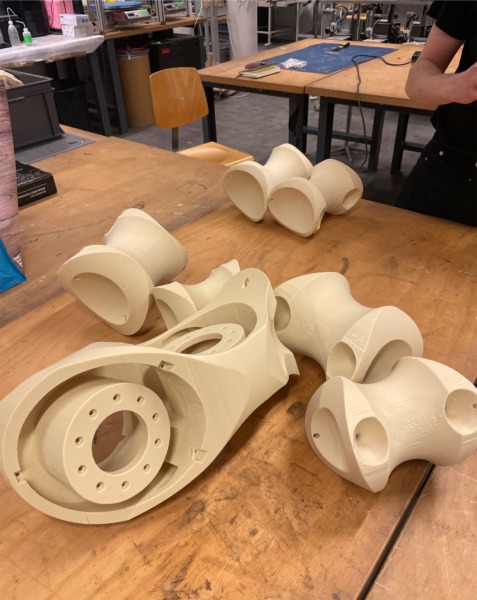
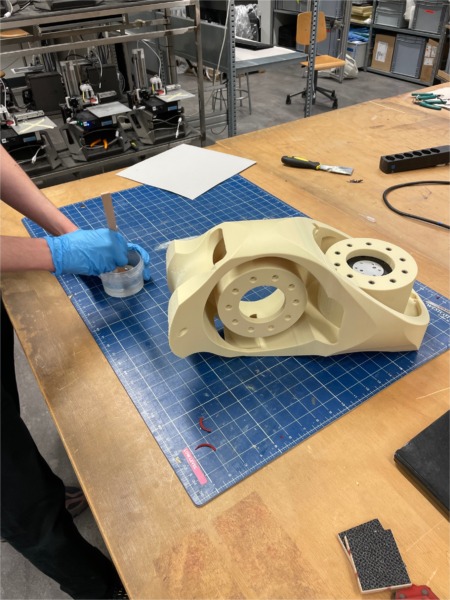
Looking ahead:
As creators who consistently push the boundaries of art and technology, Fürer and Nielsen are already envisioning their next project. This time, they plan to leverage the aesthetic potential of SILK PLA filaments from the Spectrum portfolio. With their intriguing aesthetics and the promise of minimal post-processing, SILK PLA filaments offer an exciting avenue for producing large-scale sculptures. By embracing these materials, the artists anticipate exploring new dimensions of form and texture, while still upholding their commitment to harmonizing technology and nature.
